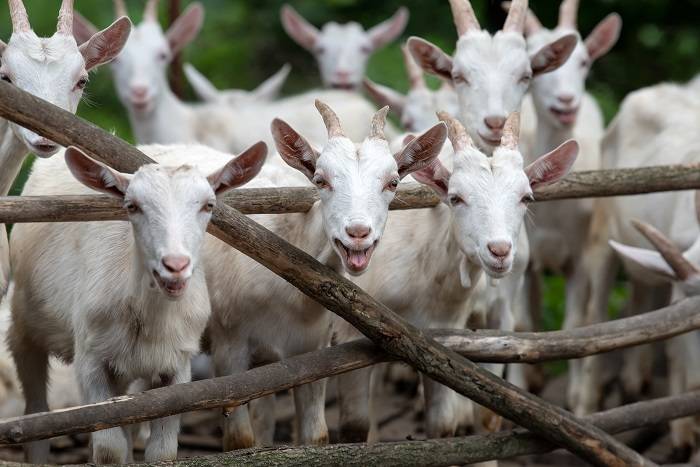
Goat farming involves raising or rearing of domestic goats mainly for their meat, milk, fiber and skins. Goat farming is a profitable business as it has good economic prospects. Goat rearing under intensive and semi-intensive systems for commercial output has been gaining prominence in recent years.
The great demand for goats and their products, combined with the possibility for high economic returns, is attracting many progressive farmers, businesses, professionals, ex-servicemen, and educated youths to enter the goat business on a commercial scale.
Because of its multi-functional utility, goat farming is now a viable enterprise that requires very little investment. Furthermore, commercial goat farming contributes significantly to a country's economy and nutrition.
If you want to start this business and have the capacity to create a flawless plan, you will undoubtedly be able to make the most profit from goat farming.
Points to be considered for goat farming business plan
Before beginning a commercial goat farm, make sure you have a solid business plan in place. The business strategy might cover everything from site selection to goat marketing. Goat farmers, on the other hand, should be fully informed before embarking on large-scale commercial goat farming.
Goat farming business plan that you must know
Land Selection:
A sufficient amount of land should be available for shelter and the cultivation of green fodder crops for any livestock farming operation. The amount of acreage needed is determined by the quantity of goats being raised.
To grow 500 goats, 10 acres of land, including shed construction area, is often necessary. If you want to begin with a small number of goats, say 50, you'll need 1 acre of land.
Breeding:
In any commercial goat farming operation, the choice of goat breed is the key source of profit and loss. Select goats that are capable of multiple kidding and have a short gestation period.
In commercial goat farming, one male goat is required for every 20 female goats. Bring a healthy and robust male for breeding purposes. At the age of 18-20 months, the majority of female goats begin to conceive. In a 24-month period, goats breed three times.
Fattening:
If commercial goat farming is designed for meat production, a fattening method should be considered in order to make quick money from the sale of those goats. In the fattening system, 3 to 4 month old male goat kids are selected and given a zero grazing diet for 6 to 7 months before being sold in the market for mutton at the age of 9 to 10 months. This will assist goat producers in rotating their funds or expanding their operations.
Construction for shed:
Instead of bringing goats out to pasture, zero gazing involves giving them green or dry fodder combined with additional nourishment in a shelter such as a shed or goat home. The construction of a shed is critical to the success of goat farming.
The shelter should be made to accommodate the quantity of goats you intend to keep. The goat barn must be angled with its length running east-west and its breadth running north-south. Depending on their age and health, the goats should be maintained in groups or batches in the shed.
Nutrition and feeding:
Goat farmers need a correct feeding formula for healthy growth and high-quality milk and wool yields. The following is an example. Stall-feeding should be used to the feed formula.
-
Silage (green fodder from homegrown crops) in the amount of kg/goat should be fed twice a day, 1 kg in the morning and 1 kg in the evening.
-
Once a day, feed any leguminous/grain fodder or Lucerne fodder weighing 500-600 grams/gaot.
-
Once a day, a concentrated diet of 200-250 g/goat/day should be fed.
-
Once a day, feed a mineral mixture of 10 to 15 gram per goat.










